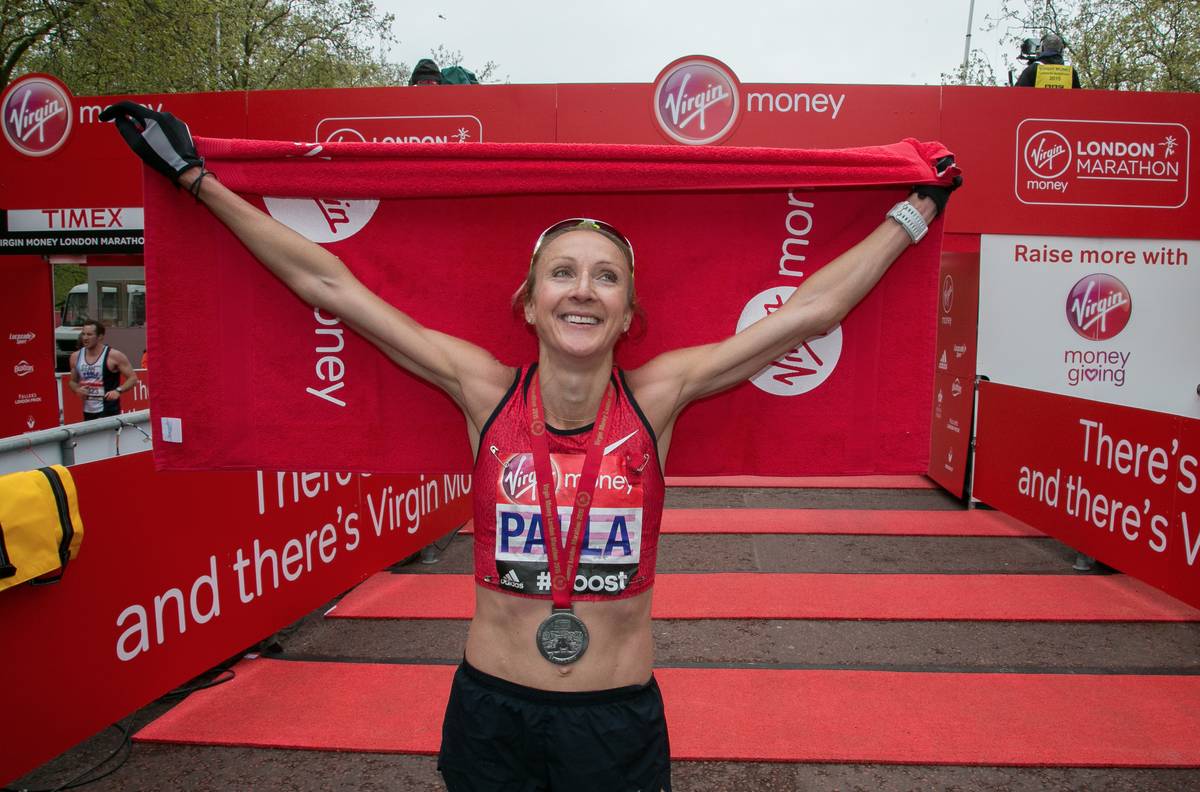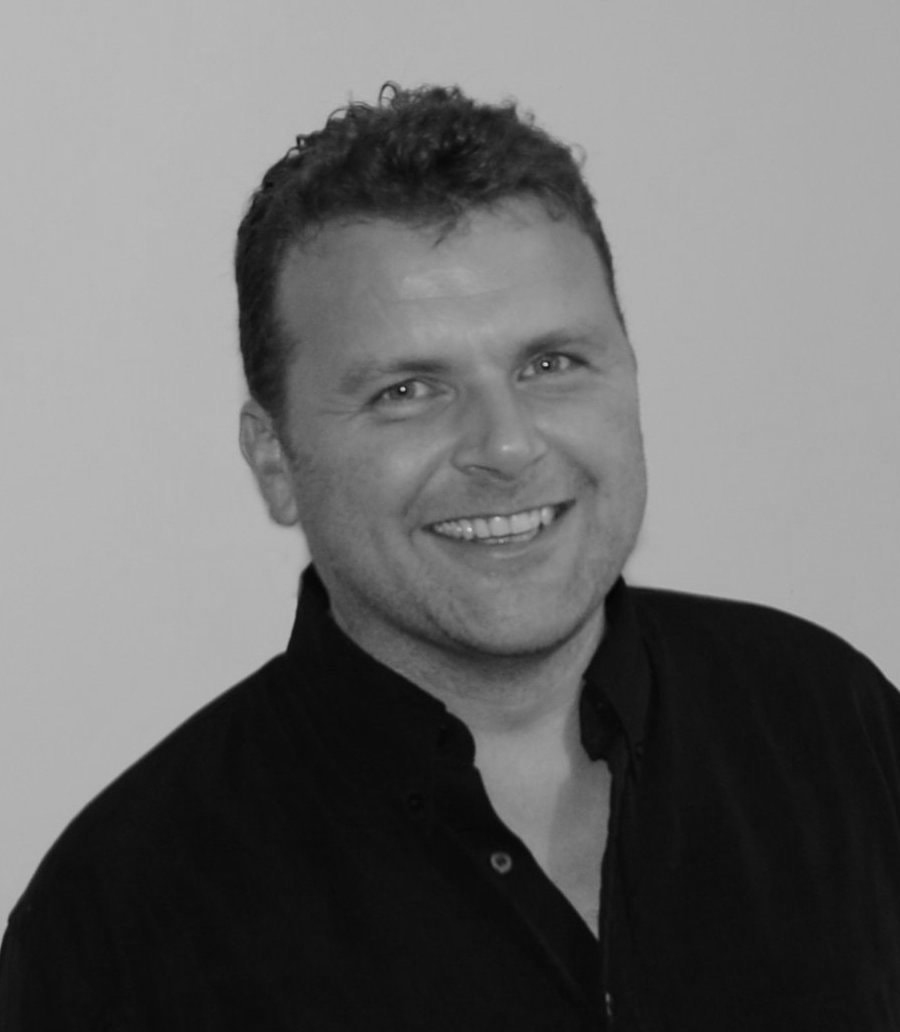|
Given the pre-eminence of Kenyan and Ethiopian distance runners over the past 50 years, it still comes as a surprise that the all-time queen of the road is British.
Paula Radcliffe started running at the age of seven but she had her epiphany as an 11-year-old when she came to watch her father race at the 1985 London Marathon. That day Ingrid Kristiansen set a new world best time (2h 21m 06s, a mark that stood for 13 years) and the young Paula was instantly struck by the Norwegian’s power and fluidity as she saw off all but the very fastest men. ‘That London Marathon was a big inspiration for me,’ says Radcliffe. ‘First it was that smell of Deep Heat on the start at Blackheath. But when Ingrid came past that day, she was right in there not far behind the winning men. To see a woman that far up… I didn’t really have a lot of barriers in my head at 11 anyway but it broke down any barriers that remained.’ Thanks to asthma and anaemia Paula’s dream must nonetheless have seemed distant, yet such was her drive she was crowned World Junior Cross Country champion in 1992. Then within two years disaster struck as a doctor told her she would never run again due to a stress fracture to her left foot: ‘I remember coming home in tears and my Dad saying, “What’s the big deal? Loads of people go through life and they don’t run.” But I said I’m not “loads of people”, I’ve got lots of things I want to do. It has to get better. And it did.’ Radcliffe duly embarked on a meticulous training regime that strengthened the muscle in her head as much as those in her legs. Further cross country titles followed but she always seemed destined to be the ‘nearly woman’ of track racing because she lacked a kick over the final lap. Then it was time for her true destiny to kick in… At her very first marathon at London in 2002 Paula set a world’s best for a women’s only race. Later that year she became the first woman to run under 2h 18m in Chicago but even that didn’t sate her appetite. At the 2003 London Marathon she used two Kenyan male pacemakers to take the record to the next level. Her 2h 15m 25s is a time so far out of reach of anyone else before or since – over a minute and a half – it could last for decades more. ‘The attraction and challenge of the marathon for so many people is that it’s you against the distance, against your body, against hitting the wall,’ smiles Radcliffe. ‘That’s the way I always like to run anyway, I never looked at split times too much, I just ran hard and strong. It’s only later you realise how much “in the Zone” you were and how much you ask your body and it delivers. You just trust it’s going to be there because it has been there in the training. It’s that “not fear” that you won’t be able maintain the pace or finish, you just trust you will be able to. ‘I don’t think I had more talent than anybody else. There are people around now who have more talent. I just had this stubbornness and a way of wanting to run as hard as I could; even if I had the race won, I wanted to see how fast I could go. So it was this mindset, combined with the luck that my body could withstand the amount of training it did in 2002 and 2003. It enabled me to get into really good shape and attack it.’ Radcliffe may not obsess about split times but when you spend your life at the front of a marathon with a camera truck ahead of you it’s unavoidable, notably for her historic run in London. The first lesson of marathon running is to stick to the same pace all the way round. The Englishwoman’s average mile rate from her Chicago record was 5m 13s, so she could tell if she was up from the split times flashing up. Alarmingly the third mile in London was below the five-minute mark, which she worried was far too fast. To most mortals yes, but Paula was on fire. ‘It was definitely close to a perfect day,’ says Radcliffe. ‘The preparation had gone really well; the only real hiccup was when I had an accident with a little girl on a bike who knocked me over a few weeks before. I spent a couple of weeks trying to get over the dislocated jaw and whiplash from that. But by that point most of the training was already in the bank. On race day conditions were good and I felt good. ‘Even so I did think I would go quicker afterwards but it never happened. I was in slightly better shape in training in 2004 but by the competition I got injured. That shows in the marathon you need to seize the opportunity. You put so much into the training cycle and so often that risk doesn’t pay off: conditions aren’t right on the day or you get a blister or an upset stomach and you can’t capitalise on everything. That’s why that day in London I felt it was really important just to keep running as hard as I could so the record had a chance of standing for as long as possible.’ The pain was worth it. 16 years and counting…
0 Comments
|
AuthorClyde Brolin spent over a decade working in F1 before moving on to the wider world of sport - all in a bid to discover the untapped power of the human mind. Archives
October 2024
Categories
All
|



 RSS Feed
RSS Feed

